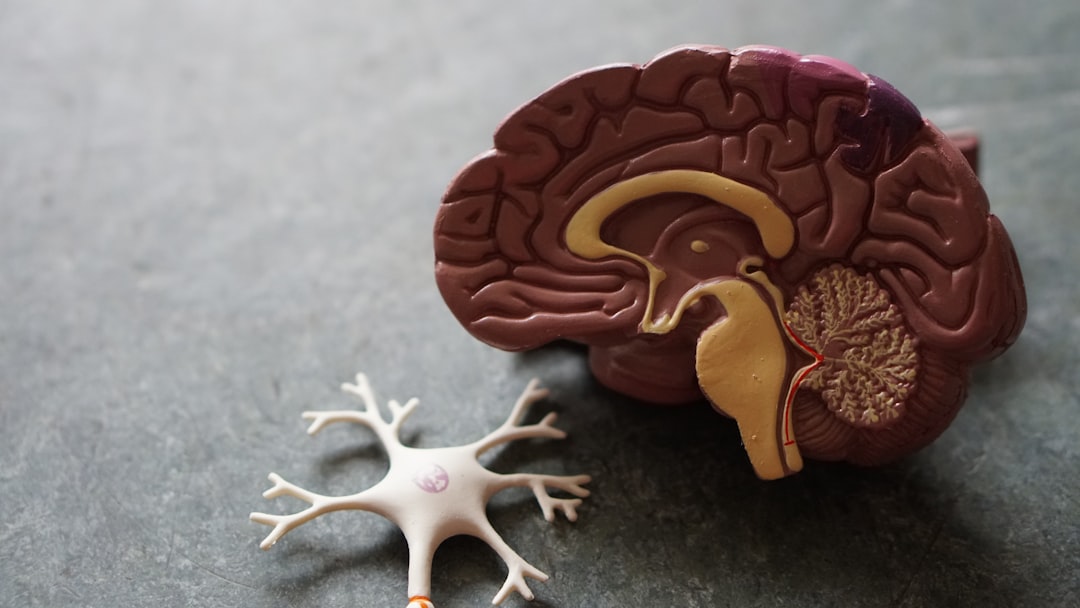What is it about?
Excess zinc is toxic. Cells expressing M. smegmatis KU are less sensitive. KU binds zinc, and this binding depends on two cysteine residues from each monomer of the dimeric KU protein. DNA binding is not compromised as a result. This suggests that KU has acquired a separate function in sequestering excess zinc.
Featured Image
Why is it important?
Illustrates a different mechanism by which cells can respond to zinc toxicity.
Read the Original
This page is a summary of: A moonlighting function of Mycobacterium smegmatis
Ku in zinc homeostasis?, Protein Science, December 2014, Wiley,
DOI: 10.1002/pro.2612.
You can read the full text:
Contributors
The following have contributed to this page










